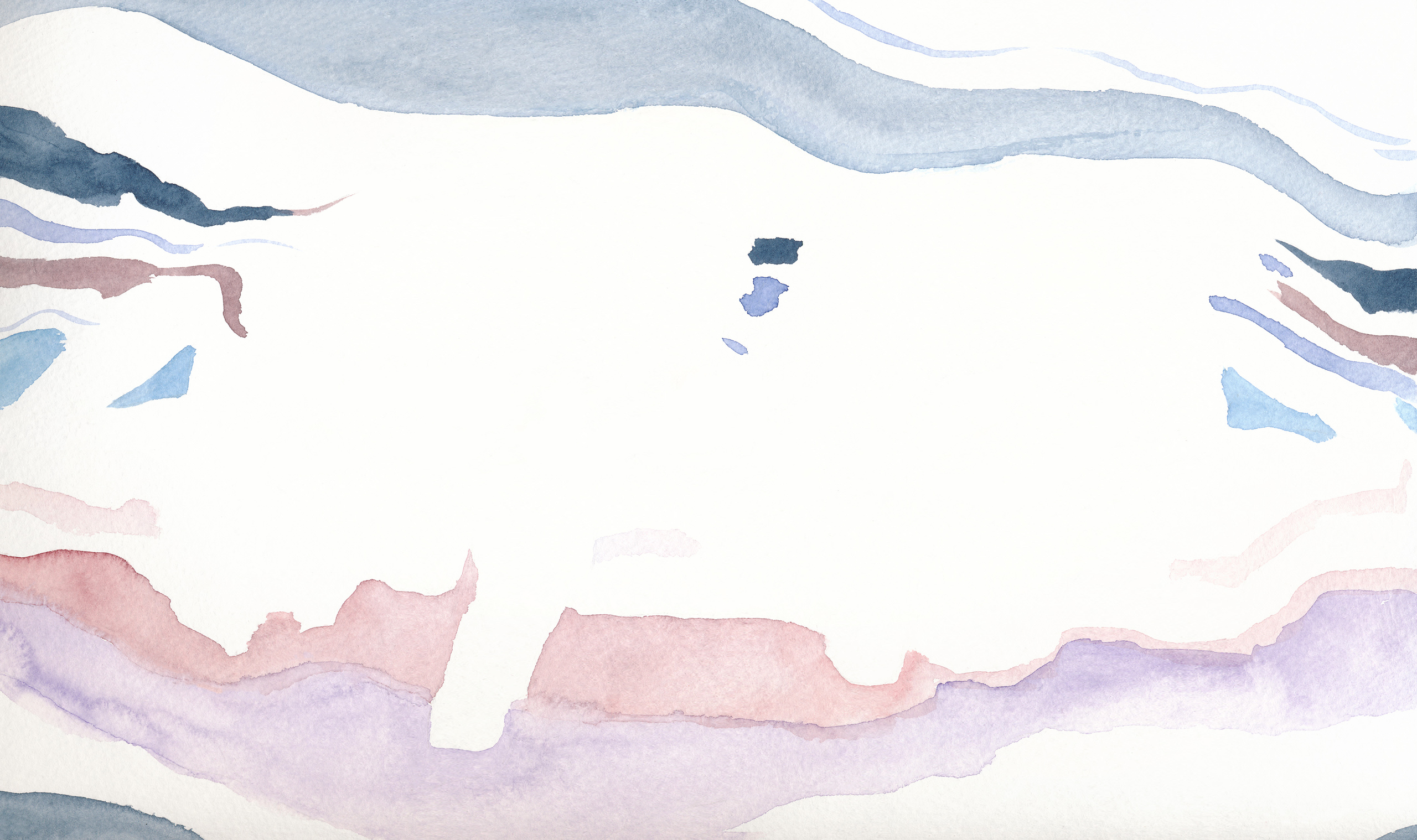Day 2. I started this blog because I want to get the word out about NY Yoga Physical Therapy. Sometimes I come home after working with a patient who has chronic pain with a great idea that we discovered during our session, and I want to share it. So this is a way to get me started writing about the work, to explain what it is that we do in Yoga Physical Therapy.
First and foremost, I look at the body with the eyes of a Physical Therapist. The training was the best I could find for understanding the components of the human body and how it moves in space. From my background in dance and yoga, I became a Physical Therapist because I was hungry to know about muscles, joints, the nervous system, and how it all fits together. Then, by studying the pathology of injury and disease, I learned what happens when something goes wrong. My job as a Physical Therapist is to find a way to help the injured body in pain recover. These 20 plus years of working with injuries and disease have only increased my understanding and intuitive approach.
Yet as great as the Physical Therapy training was, it didn’t give me a way to deal with the whole person. Often I would find people were tense, upset and holding tension in their bodies, especially those with low back pain, upper back pain, neck pain and those with frozen and painful shoulders. (I also see people holding tension in their feet, knees and hips.) At first, I didn’t know what to do with this growing observation. I wasn’t trained in how to deal with stress and the psychological components of pain, disease and injury.
Once I consciously started practicing holistically, incorporating Yoga, mindful breath work and other holistic practices into the sessions, I began to be able to help people help themselves with the effects of stress held in their bodies – physically, emotionally and psychologically. The introduction of the breath, not only into the exercises, but as a separate activity in itself, began to transform the effectiveness of the therapy sessions, especially in those with chronic neck pain, upper back pain, middle back pain and low back pain.
By helping you learn how to breathe into area injury and pain, you become aware of your own experience of feelings, holding, tension and tightness in that area of the body. On a physical level, getting breath into a tight or tense area literally begins to open up the area. As the muscles relax, they loosen their hold on the bones. The affected bone(s), pulled out of line by an overactive muscle, can begin to relax back into place. When the muscle, then the bone(s), release back into a relaxed state, then the affected joint can begin to realign itself. Yes, you can learn to breathe into targeted areas of the body. As the body relaxes, or disinhibits from tension and pain, then the breath can freely move the trunk.
Secondly, blood does not flow freely through tense muscles. So another result of using a mindful breath is that it helps muscles to relax. Relaxed muscles allow blood to freely circulate through these affected muscles. With more blood flow, more oxygen gets into the area. More oxygen equals more healing. The molecules and chemicals for healing can now get to get to the injured, painful area. Not only that, but the byproducts and waste molecules from cellular respiration – or cleaning up the debris from the injury – is now able to move out of the area more quickly. This aids in decreased swelling, inflammation and therefore improved healing.
On the psychological level, mindful, meditative breathing is documented to lessen the effects of stress, including lowering blood pressure and decreasing heart rate. It lessens the effects of cortisol, the stress hormone of the fight-or-flight reaction. As a person becomes more aware of bodily tension and learns to breathe into it, often the emotions or thinking that contributes to that tension begin to loosen their hold as well. As the mind begins to relax, so too does the body. Once the body begins to relax, so do the mind and emotions. It’s a dynamic, interactive process.
I’ve had patients thank me for helping them to identify and learn to work with the stress that is contributing to their pain and injury. Once they developed an awareness that they were holding tension in their backs, necks, feet or hips, they were able to begin working with, and begin lessening, that tension. Their pain started to go down, too.
For one patient with chronic back pain and neck pain, a sudden awareness and acceptance of how he held tension in these areas was the turning point in his treatment. He said, “I thought about what you said last week about accepting the discomfort. And over the weekend, I got it. It was weird, but my experience of the pain changed.” He stopped therapy shortly after.
Awareness is key. So is acceptance. With aware breathing into an injury, combined with specifically targeted positioning or stretching of the body, the healing process is powerfully supported. Using a gentle and mindful breath also gives us an effective tool to support the entire healing process, body and mind. Paradoxically, acceptance of pain can reduce the anxiety and fear surrounding it, which then contributes to the relaxation of the tension that we hold because these feelings.
Sharon Gary of Yoga Physical Therapy in mid-town Manhattan can help you with this holistic, integrative approach to healing.


